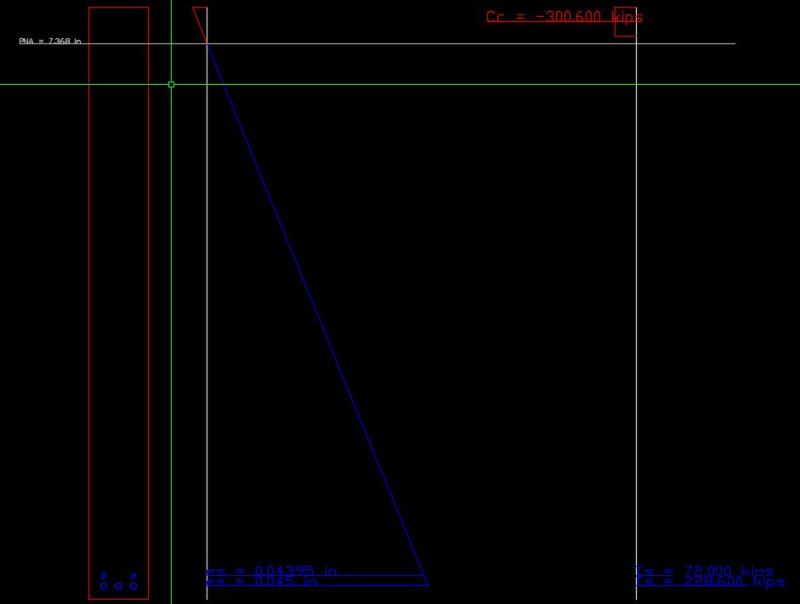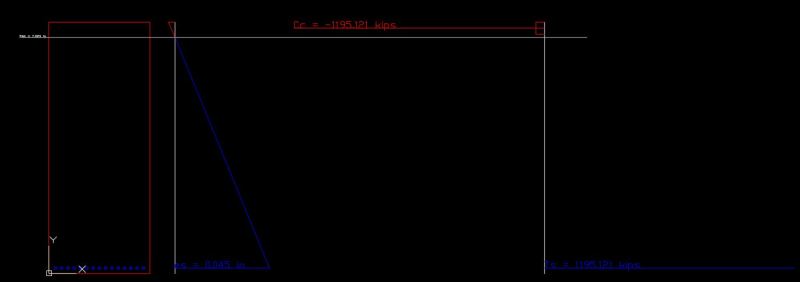breaking_point
Structural
- Nov 19, 2017
- 20
Hey. So I'm looking at RC beam design, and I'm aware that beams are typically designed to be tension controlled, i.e. at the concrete rupture strain (0.0035), the steel should be beyond the yield strain. I've read that it is good to aim to have the steel strain at around 0.005-0.008 when the concrete ruptures. What I want to know is, what is the maximum allowable strain in the steel? What strain does steel fracture at? I can't find a definitive answer.
Thanks
Thanks







